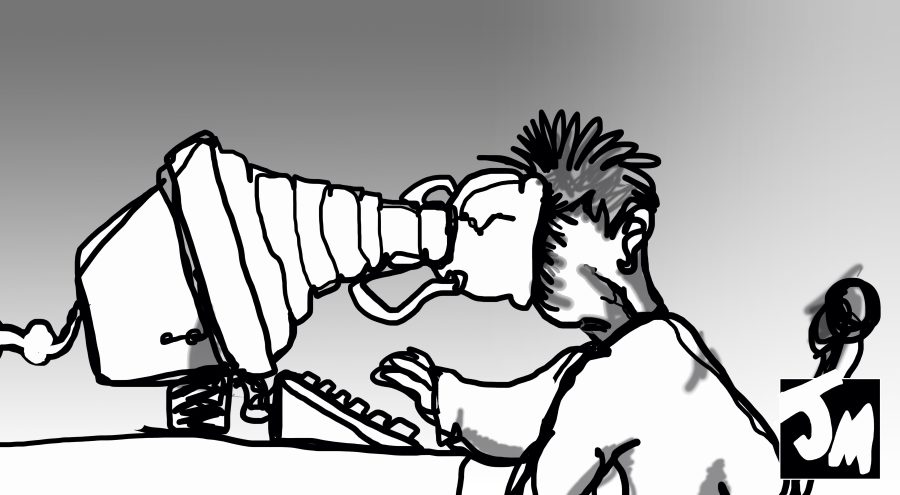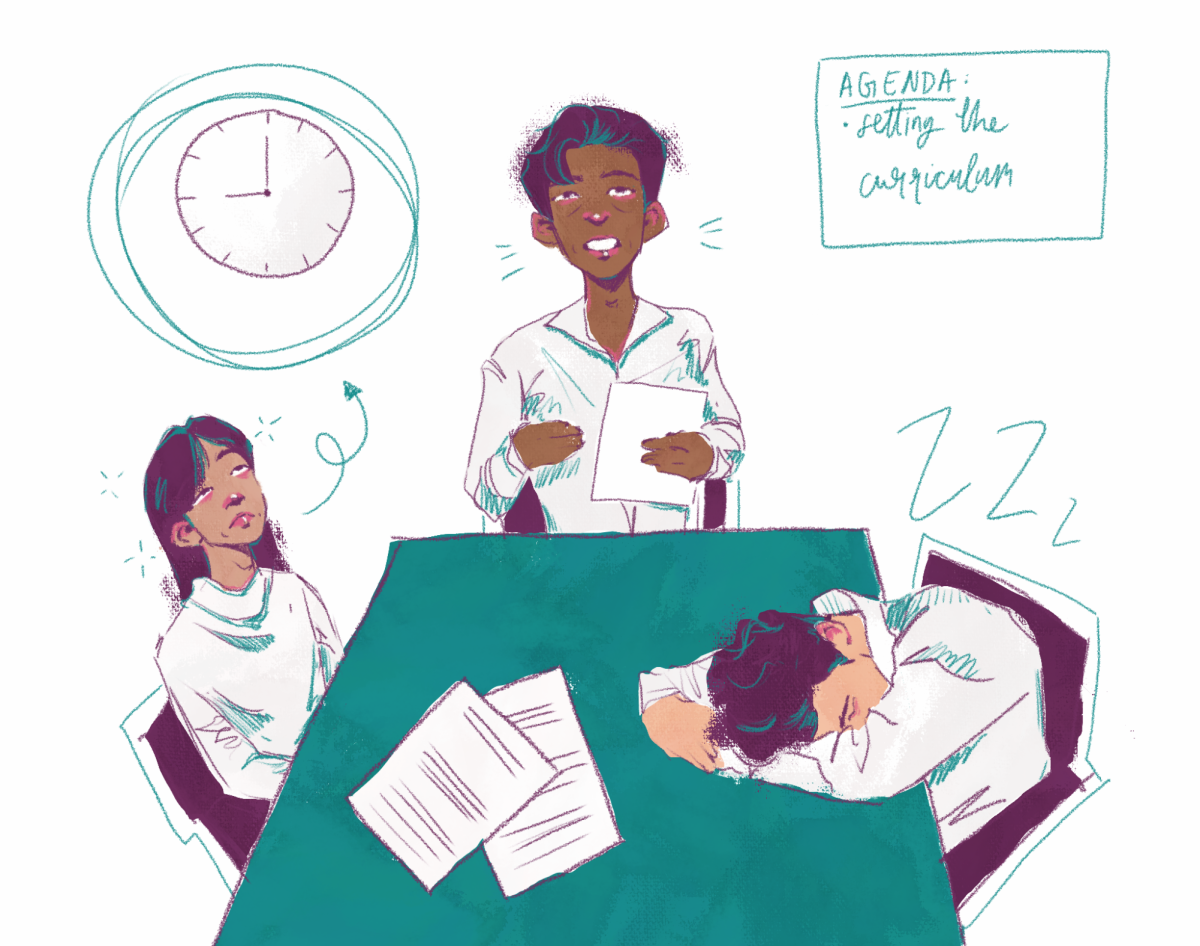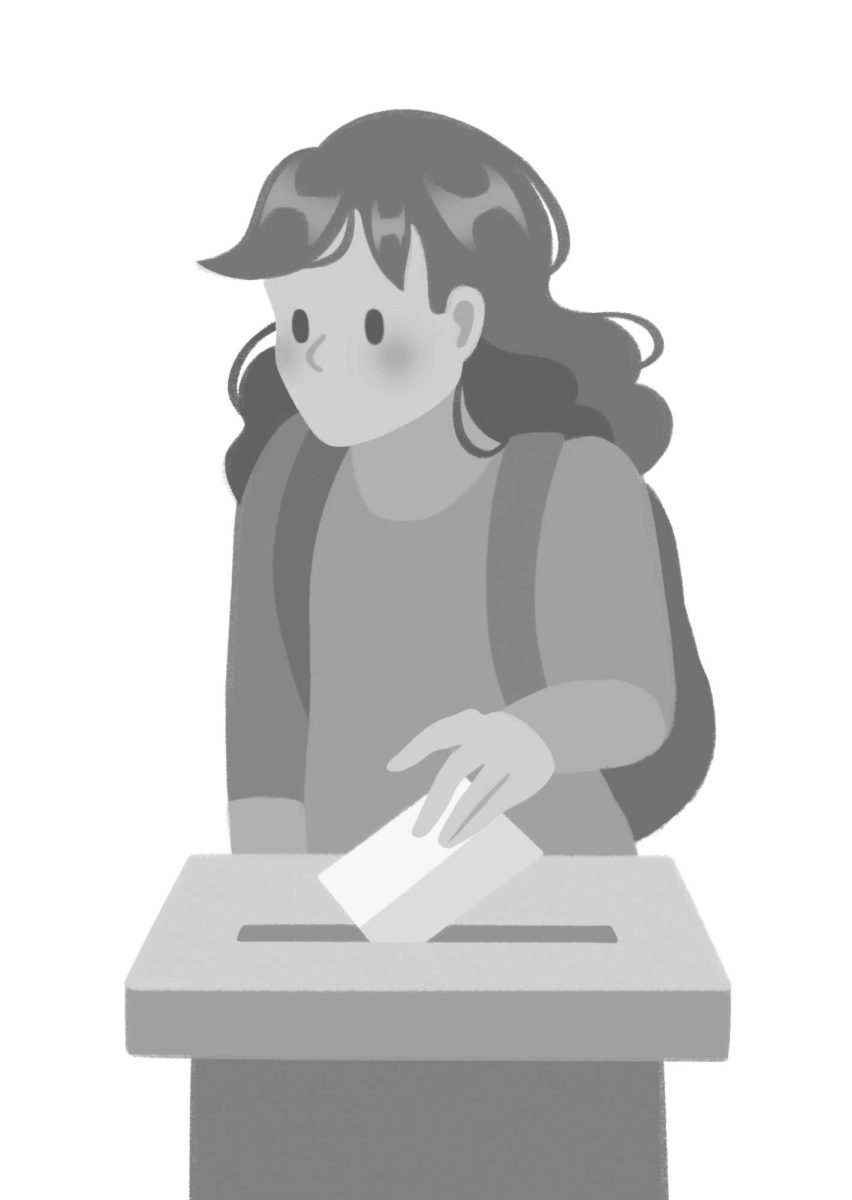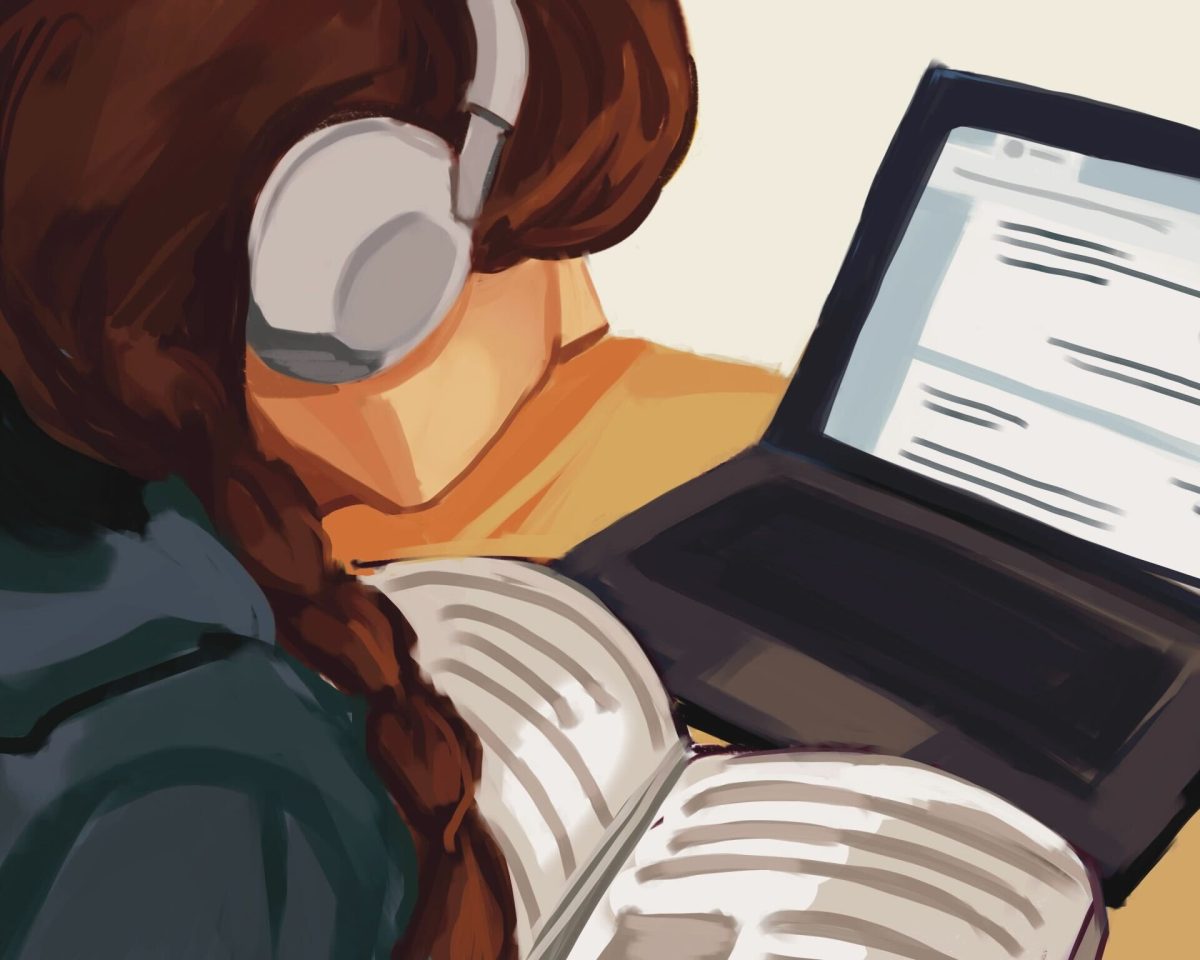Schoology, the Chromebook “One-to-One” system and online notes are affecting student education more negatively than positively. The Palo Alto School Board has always strived to provide students with programs that effectively advance our education, however, I believe these programs have not benefited us. Paly should stop trying to integrate technology and social media into our learning because it interrupts our ability to learn important lessons and directly affects the information we process.
In the heart of Silicon Valley, Palo Alto is the home of many of the world’s most famous technology companies such as Google and Facebook. Given this reputation, students at Palo Alto High Schools have access to some of the world’s most cutting-edge technology. And in the past couple of years, Paly has incorporated social media and technology into the classrooms and lives of the students. However, the idea of combining technology into learning environments can ultimately be detrimental to a student’s education.
On the first day of seventh grade, my classmates and I were introduced to Schoology, an online system where teachers post homework assignments and updates for each class. The idea of not having to copy down homework by hand anymore and simply relying on an online system seemed to make our lives so much easier.
However, over the years I have realized the drawbacks of the system. Relying on an online system strips us from taking responsibility for our homework and accepting consequences when we forget to copy the assignments down.
In our future, our employers will not be posting online what needs to be done on that day; it will be expected of us to be on top of our own work and responsibilities. Counting on an online system takes away from important life lessons down our paths, such as time management, self-sufficiency and taking initiative.
Much of the time, teachers forget to post assignments anyway. There is also the possibility of the website being down, a frequent problem for many, or a student’s internet not working on a particular night. If those events happen, what are we supposed to do? Not do our homework?
Additionally, the use of technology in classrooms can be a distraction to learning. With the internet providing such access to the outside world, students are often off task during class. Websites such as Facebook, YouTube and Instagram become accessible to students, who can mentally check out any time they think a lecture is too boring.
Just this year, the Palo Alto Unified School District has decided to make it mandatory for sophomores and juniors to bring their own laptops to school. If a student lacked a device, a Chromebook donated by Google could be lent to them for the year.
Since this “One-to-One” system has been implemented at Paly, many teachers have steered away from notebooks and pencils in favor of computers.
Although students have the option of taking notes by hand, they usually choose to use computers due to the ease and relative speed of typing. The thought of not needing to handwrite notes and simply typing on our keyboards takes away the strain on our wrists.
As many schools in our nation begin moving towards integrating technology into their platforms, studies such as those conducted by Dr. Pam A. Mueller of Princeton University set out to compare how notes taken by hand or by computer can affect a student’s learning.
“When people type their notes, they have this tendency to try to take verbatim notes and write down as much of the lecture as they can,” said Mueller, to National Public Radio’s Rachel Martin. “The students who were taking longhand notes in our studies were forced to be more selective — because you can’t write as fast as you can type. And that extra processing of the material that they were doing benefited them.”
This study showed that students who handwrite their notes perform significantly better than those who type their notes. Translating directly to Paly, the One-to-One system is bound to influence students to use their laptops more often for note taking, ultimately lowering their performance when processing the content they learn.
People may argue that technology helps students learn more efficiently. However, for this to happen, there needs to be extensive training for students and teachers on how to effectively use technology in the classroom. unfortunately, this has not happened at Paly.
With Palo Alto High School being one of the more respected schools in the nation, it is important that we don’t just implement social media and technology, such as Schoology and the “One to One” system without proper training and planning because it can ultimately be detrimental to our education.









